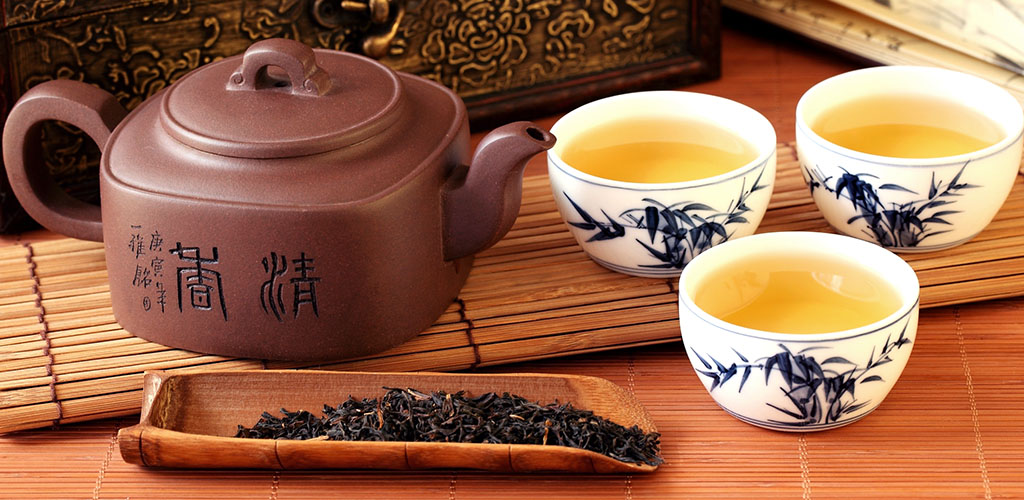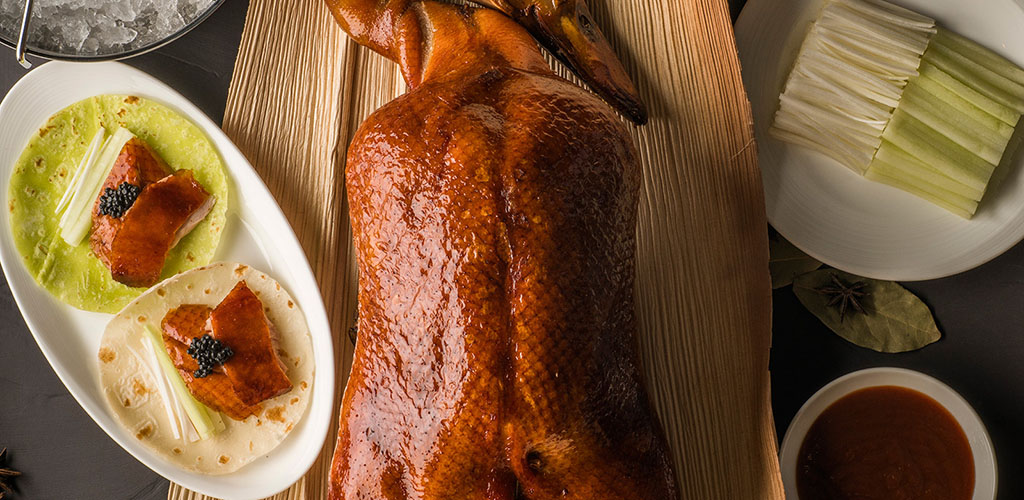China Culinary Tours
There’s a luxury to the culinary experience across China, whether you’re fine dining or wandering deep into mazy old markets. Flavors come from all over: the imperial cuisine of Beijing, the dumplings of Shanghai, the food of old dynasties and the fiery chillies of Sichuan, plus the unique influences coming from Korea, Mongolia, Tibet and Central Asia. In every destination on a luxury China tour you’ll find a new dish to try, sometimes even an entirely new gastronomy. And while we can arrange dedicated food tours in China, we also love how every private tour is able to have such a strong focus on gastronomy. From rice noodle roles to the art of using chilli, China is a country with diverse regional cuisine; we believe that the best China food tours are those individualized to the place you’re exploring.
Much More Than China Food Tours
There is no shortage of where to eat in China, just like there is no shortage of Chinese restaurants in any international Chinatown. Separating the outstanding from the average is at the essence of the local experience, as it’s sometimes difficult to judge on first impressions. We provide detailed dining recommendations to all our guests, covering all the destinations visited. From lunchtime snacks to elaborate multi-course dinners, our guides ensure the best of authentic Chinese food. Then in cities like Hong Kong and Shanghai we can use food as a focus, a search for the best dim sum or dumplings creatng a new dimension on your luxury China tour. And if you’ve still not mastered chopsticks, we’ll help you through the basics.
Beijing Culinary Highlights
Although evolved from many culinary influences, Beijing has quite a distinctive dishes. Peking Duck is the most
famous, the roast duck dish is served throughout China featuring hoisin sauce and leeks rolled in a crepe. Several Beijing restaurants feature Peking Duck as their signature dish.
Beijing is also notable for its on-the-street food stalls where cooks sell everything from snacks
to dumplings, noodles to fried rice. More exotic snacks including scorpions and silk worm larvae, delicacies in parts of China. The best place to sample some of Beijing's street food, from delicious favorites to the more eclectic, is at the food market directly off famous Wanfujing pedestrian shopping street.
Beijing is also known for its "imperial cuisine" and several restaurants specialise in
preparing this style of cuisine as it was for the emperors of China. High quality ingredients, careful preperation and
polished presentation are a feature of imperial cuisine. An imperial typically consists of a dozen or
more smaller courses.
Hong Kong
In a city where the common greeting is sik tzo fan may (have you eaten?), it's obvious that food is viewed as more than just sustenance as it is in other parts of China. Eating out is a communal affair in Hong Kong; apartments are too small to entertain guests, so friends and family gather in restaurants to talk over elaborate meals of several courses. And with more than 6,000 restaurants in the city, there's always a new eatery to discover.
Few places take food as seriously as Hong Kong. Chefs painstakingly create a balance of flavors and textures in their dishes, combining sweet with sour, sharp with bland, hot with cool, and crunchy with smooth. Naturally, seafood is popular in this island city, and restaurant patrons demand the freshest fish possible. This often means choosing their dinner not from a menu, but from the restaurant's fish tank. The fish is usually steamed whole, topped with ginger and onions, and savored in its entirety.

Dim sum is the quintessential Hong Kong culinary experience and several of the city's most noted restaurants feature dim sum. Served at around brunch time, dim sum is a more a dining adventure that is purely Chinese. Servers stroll around with trolleys stacked high with bamboo canisters full of steaming hot food which diners survey and simply point at what they want as the carts pass by and it will be delivered to your table. Typical dim sum dishes include spare ribs in black pepper sauce, steamed barbeque pork buns, deep-fried spring rolls, and steamed shrimp dumplings. Save room for desserts like mango pudding and hot egg tarts.
The dish to end all dishes in Hong Kong is not fish or even dim sum, but Peking duck. Ordering this duck is a culinary odyssey in three courses. First, the chef roasts the duck over a charcoal fire and bastes it with dark syrup, then with a dramatic flourish brings the duck to the table, carving it up in front of you. The first course is the crispy skin, which the chef deftly cuts from the bird with a razor-sharp knife. Next, the tender meat is covered in a sweet sauce and presented in a crepe-like wrap. A delicious duck soup with cabbage and mushrooms is the third and final course.
Ready to get started on your China holiday? Submit a contact form below, or call us:
San Francisco at (628) 256-0093






